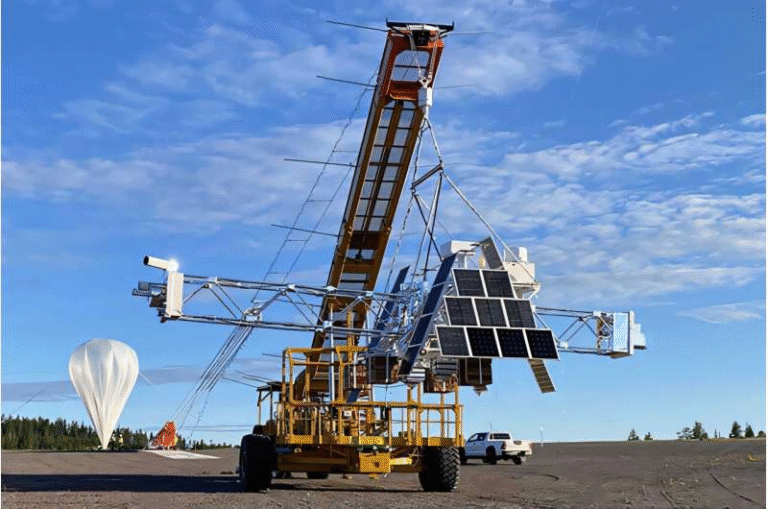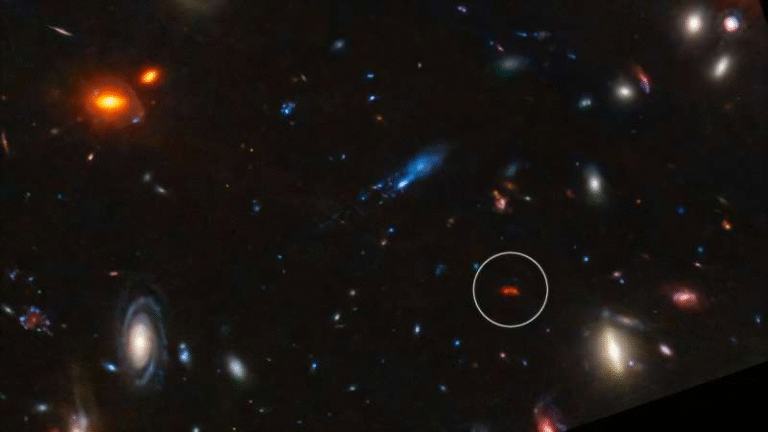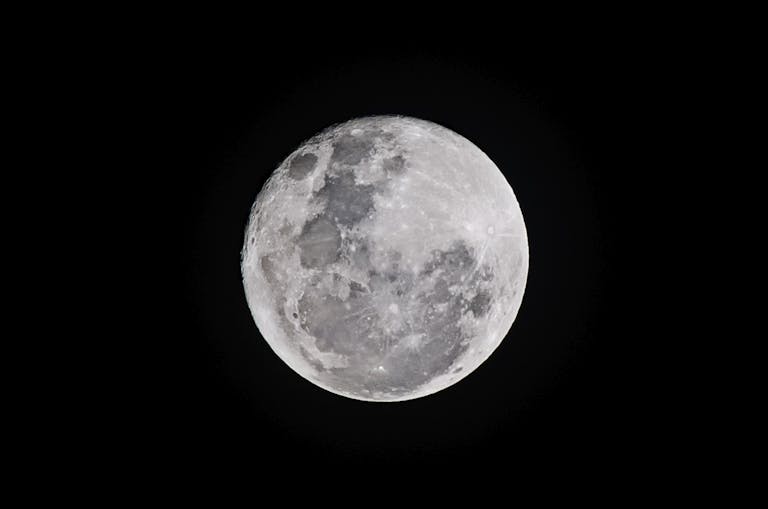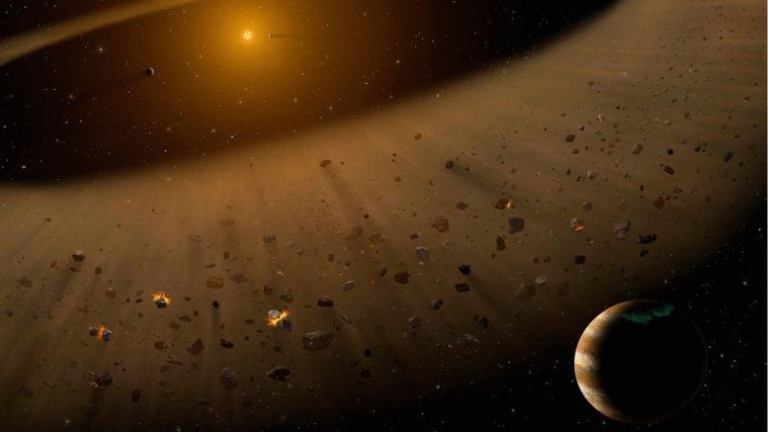James Webb Spots a Nearly Pristine Galaxy From the Dawn of Time

The James Webb Space Telescope (JWST) has once again pushed the boundaries of what we know about the cosmos. Astronomers believe it may have uncovered one of the Universe’s first galaxies—a tiny system called AMORE6, almost completely free of heavy elements. If confirmed, this discovery would be a remarkable step toward proving a key prediction of the Big Bang model: the existence of truly primordial galaxies.
Why This Discovery Matters
Our story of the Universe begins with the Big Bang, which produced only the lightest elements—hydrogen, helium, and a dash of lithium. Heavier elements, what scientists call metals, came later. They were forged inside the first stars and spread into space when those stars died.

The very first stars, known as Population III stars, contained little to no metals themselves. Their violent lives seeded the cosmos with the building blocks for everything from planets to people. But since stars form in galaxies, astronomers have long theorized there must have been entire galaxies made up of these metal-free stars. Finding such a Population III galaxy would be like opening a time capsule from the earliest moments after creation.
The Search for a Pristine Galaxy
Despite JWST’s incredible power, spotting one of these untouched galaxies hasn’t been easy. The telescope has already surprised scientists by revealing large, well-developed galaxies much earlier in cosmic history than anyone expected. Still, none had shown the complete lack of metals needed to qualify as a pristine Population III system.
Astronomers turned to a clever method: studying oxygen emissions. Since oxygen is one of the most common elements produced by stars, its presence (or absence) provides a crucial clue. A strong oxygen signal often means low but nonzero metallicity. A weak or absent signal could mean we’re looking at something truly ancient and pristine.
Enter AMORE6
A team led by Takahiro Morishita of Caltech’s Infrared Processing and Analysis Center may have finally struck gold—or rather, struck nothing at all. Using JWST observations, they identified AMORE6, a galaxy whose light has traveled since the Universe was just 900 million to 1 billion years old. That’s incredibly close to the Big Bang on cosmic timescales.
What makes AMORE6 so special? JWST detected hydrogen emissions but found no trace of oxygen. This strongly suggests that its stars are forming in an environment with extremely low metallicity—almost pristine. On top of that, AMORE6 has a tiny stellar mass and a compact structure, just what models predict for early star-forming galaxies.

The galaxy was spotted thanks to gravitational lensing, where the gravity of a massive cluster acts like a natural telescope, magnifying distant objects. Without this cosmic trick, AMORE6 might have remained invisible.
A Cosmic Puzzle
There’s one twist: AMORE6 isn’t the oldest galaxy JWST has found. Some larger, fully developed galaxies have been seen from even earlier times. So why does a pristine galaxy like AMORE6 show up later, almost a billion years after the Big Bang?
This mystery could reshape how we think about cosmic history. Maybe pristine galaxies lasted longer than expected, or maybe star formation in some regions of the Universe happened more slowly. Either way, AMORE6 is a tantalizing piece of the puzzle.
What’s Next?
Scientists are cautious. More studies are needed to confirm that AMORE6 truly has zero or near-zero metallicity. If so, this would be the first real example of a primordial galaxy—solid evidence that the Big Bang unfolded just as theory predicts.
For now, AMORE6 gives us a glimpse into a period of cosmic dawn that has remained frustratingly out of reach. Whether it proves to be the first of many pristine galaxies or a rare cosmic survivor, one thing is clear: the James Webb Space Telescope is rewriting our understanding of how the Universe began.
Source: “Pristine Massive Star Formation Caught at the Break of Cosmic Dawn” by Takahiro Morishita, Zhaoran Liu, Massimo Stiavelli, Tommaso Treu, Pietro Bergamini and Yechi Zhang, 31 July 2025, arXiv.
DOI: 10.48550/arXiv.2507.10521





